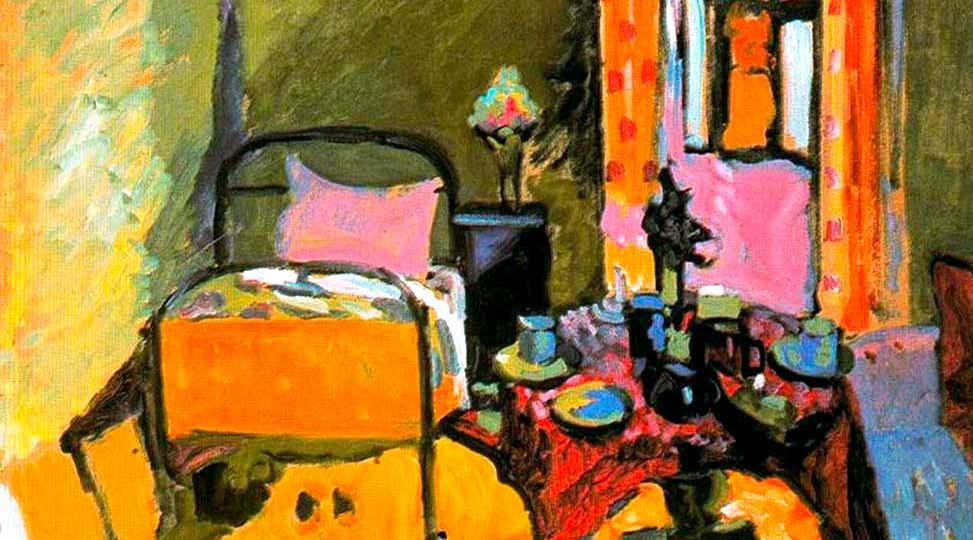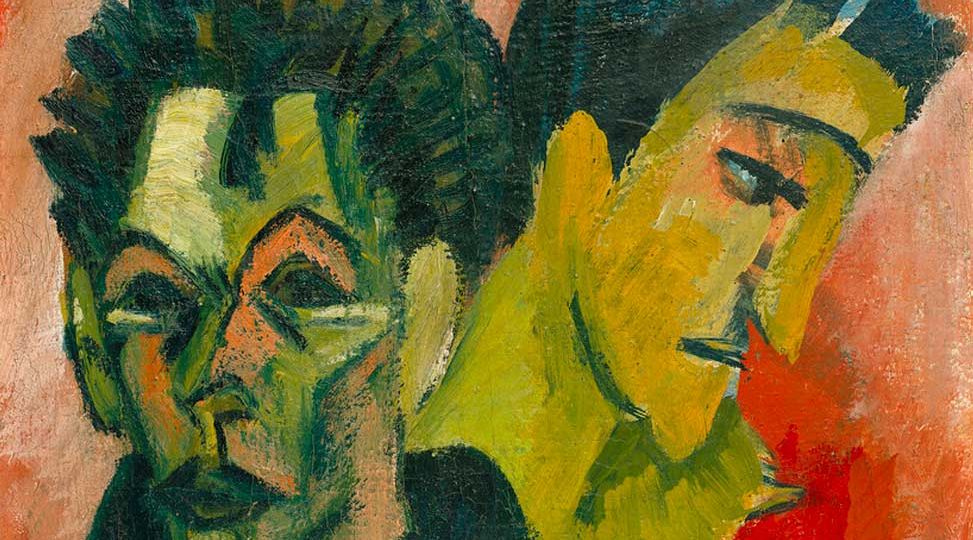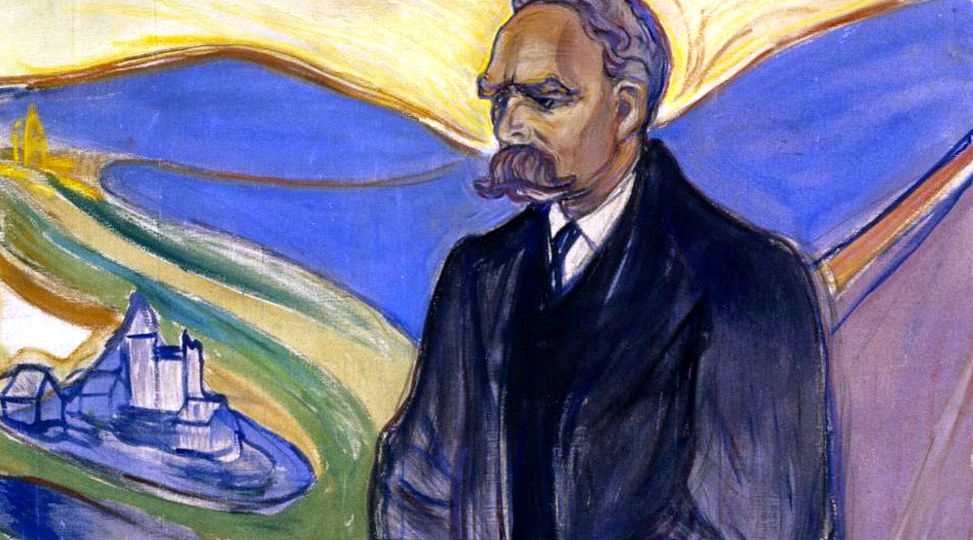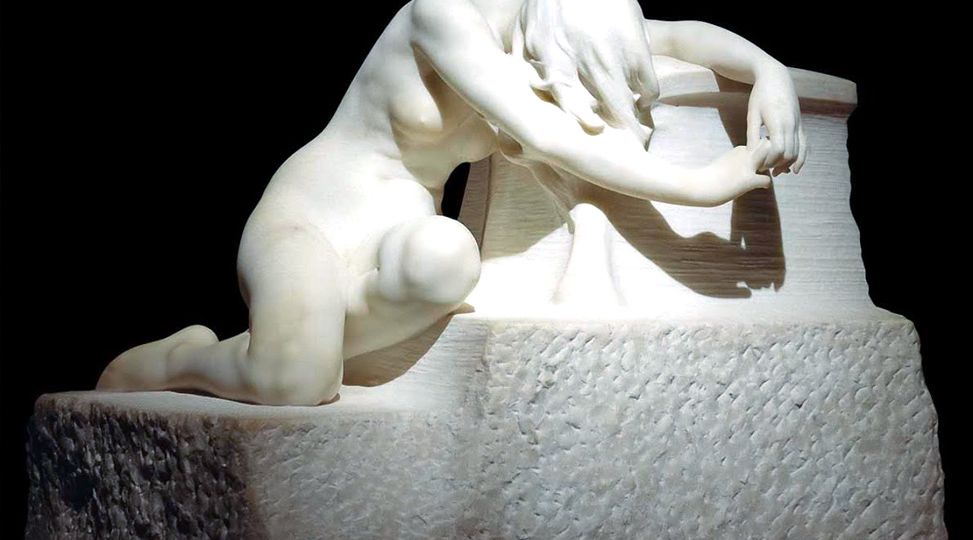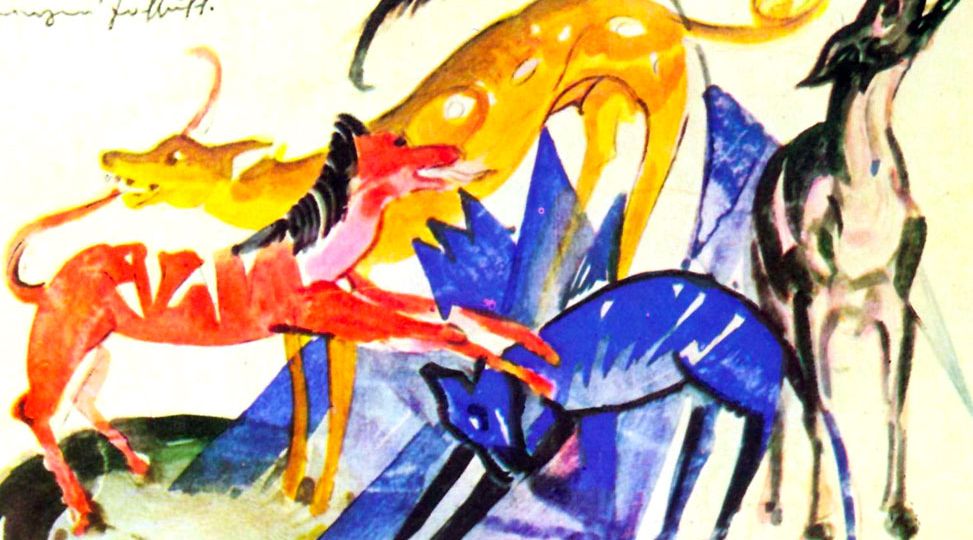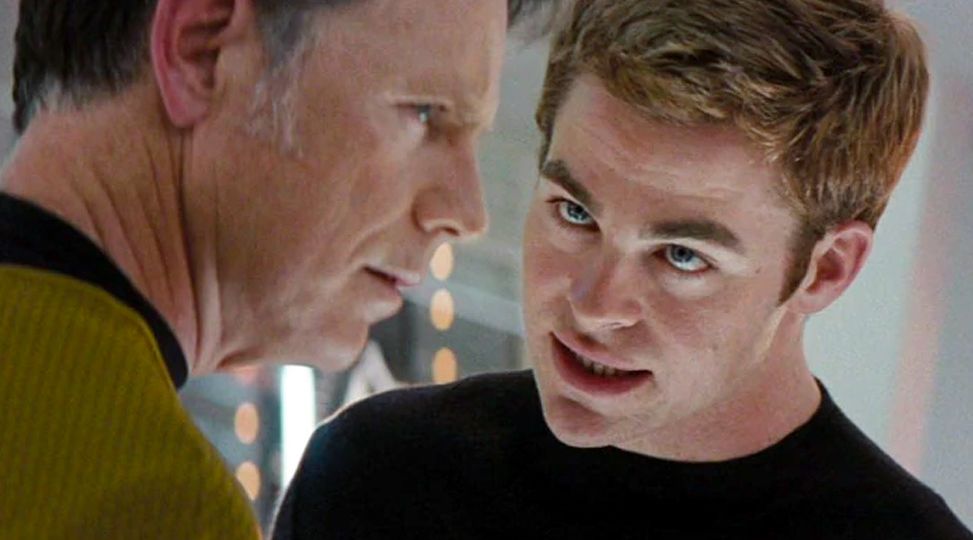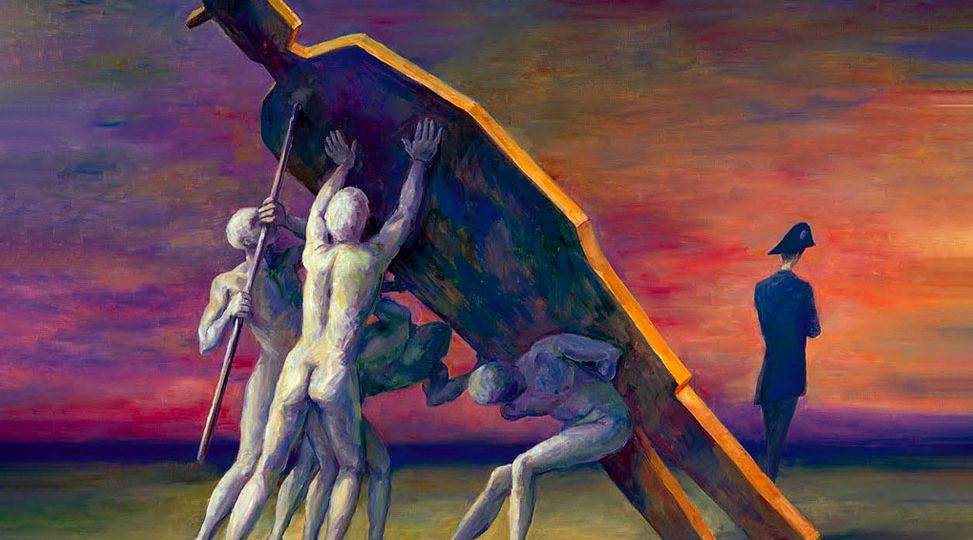The way an autistic individual perceives the world is of significant interest to researchers, for neurological differences have been found to impact the autistic individual’s perception and information-processing tremendously. Because Jung’s typology frames investigation of the psyche in terms of such mental processes, it can provide a new perspective on this very complex condition.
Mark Hunziker
Is differentiation of an ego-syntonic function-attitude somehow different from differentiation of an ego-dystonic FA? Or maybe differentiation works the same for all function-attitudes and it’s just in the subsequent integration process that the distinction between ego-syntonic and ego-dystonic comes into play. Do we need a more refined understanding of typological development?
Jung believed that colors symbolize dynamic psychic factors that evolve with consciousness. An analysis of his color studies suggests that the psyche uses color as a way to distinguish different kinds (i.e., functions) of consciousness. “The personality passes through many transformations which show it in different lights and are followed by ever-changing moods.“
Facing death is an event that challenges how the various functions in the psyche work together in everyone—cooperating, compensating, decompensating, or even in integrating with each other. Since most people in their conscious lives are more familiar with the adaptations of life, not of death, facing death often forces us to face our inferior function.
“Ambiversion” —the equal development of extraversion and introversion in an individual— has become a popular notion of late but it has led to some misinterpretations of Jung’s typology, specifically, to an idealization of this in-between state…
Rather than truly being able to move down to embrace the inferior function, to achieve “integrity in depth,” Nietzsche tries to “overcome” the problem of the personality. His fantastic intuitions are not wholly thought through, and so he is not able to deal with the real task of individuation, which asks us to ground consciousness in the reality of body and mind.
Kowalsky’s self-sacrifice can be seen as the Animus acting as “the door through which all the figures of the unconscious come into consciousness.” His extraverted feeling is giving Stone a much-needed lesson: She must stop holding on to a situation that is no longer life-giving. It is time to let go of her debilitating prison of pain—and of her former self—so she can move forward.
I see very clear portrayals of the function-attitudes in my canine friends. They often manifest in such simple and “pure” form that I feel I’ve been given a glimpse of how our human typologies may have evolved, and at what the function-attitudes “look like” without the complex dynamics and conscious obfuscation of human personalities.
Kirk develops depth and integrity as he learns to harness the power of his dominant function and come to terms with the shadow parts of his personality. Ultimately, he is also able to cultivate his ego-dystonic functions and realize a more integrated and mature self capable of fulfilling his potential for charismatic and visionary leadership.
Independent of the historical cycle, Republican presidents tend more toward Sensing, while Democratic presidents tend more toward Intuition, as predicted by theory. This calls to mind G. K. Chesterton’s famous remark, “The job of liberals is to keep making new mistakes, while the job of conservatives is to make sure that old mistakes never get corrected.”





